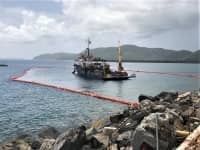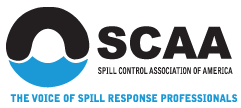A containment boom is a temporary floating barrier that's used to contain a crude oil spill. Booms can be used to decrease the risk of pollution and make recovery easier. Booms are used to concentrate oil on thicker surfaces so that vacuums or other collection methods can work more efficiently. There are many types and sizes available, each with different levels of effectiveness for different water conditions. Contact your representative at Texas Boom to learn which type of boom is appropriate for your application.
Oil containment booms are often the first response to be used on spillage and the last to be removed from an oil spillage site. Even with the correct aspect ratio and draft, a single boom will not protect the environment from oil spillage. In many cases, multiple boom deployments are used. The boom won't stop oil if it travels at speeds exceeding 1 knot (of water and oil). Before the oil meets the boom, it must be decelerated. A series of well-designed booms can prevent oil from leaking into the boom.
There are many ways that sensitive areas can be protected from an advancing oil slick as a result of a spillage. One common way to protect sensitive areas is with a containment boom. Booms, which are made from metal, plastic, and other materials, act as floating barriers to oil that contain it and slow its spread. Booms are deployed by skilled workers using mooring devices like anchors, or landlines. Texas Boom Company manufactures oil spillage containment booms that can be used in many situations. Our containment booms are known for being reliable, durable, and easy to access. Texas Boom has a range of oil containment booms to suit your needs. Galvanized chains ballast and galvanized closed-cell foam flotation are some of our top-quality materials. Coated or stainless steel top tension cable is also available. Industry-standard ASTM aluminum connectors are also available.
Although some booms can absorb oil and help to contain it, they are not designed to clean up oil spillages. A containment boom's purpose is to stop the oil from leaking and diverting it to a collection site. Multiple containment booms can be linked end-to-end to prevent larger oil spillages. One or more vessels may then pull the multiple booms along to cover the oil slick. A large reel attached to a vessel may be used to deploy fence booms. These booms have flat freeboards rather than rounded curtain booms. Booms can sometimes be attached to mooring points in rare instances. This is because it is impossible to place multiple moorings during an emergency. These operations can be dangerous and slow depending on the vessel maneuverability, tidal conditions and vessel maneuverability. Also, it is not possible to carry as much oil per vessel. Volunteers are often available to help with cleanup and initial containment of oil spillages. 
Oil spillage booms can be very effective and almost necessary in the event of an oil spillage. However, it is crucial that the right type of boom is used for the specific application. A high-tensile boom will be required to withstand currents and waves in fast-moving water environments like rivers and intertidal zones. A lighter-weight fence boom can be used in calm waters like streams or ditches.
Why Choose A Containment Boom?
Containment booms are deployed around the world to prevent oil from leaking into rivers and waterways. They facilitate controlled burns and protect shorelines from potentially catastrophic oil spills. And they help keep landmark rivers and bays clear of refuse. In addition to a boom, one may also employ Oil Spill Absorbent Booms and Pads. Oil spill absorbents are pads and booms that can be quickly deployed for spill response. They work by picking up and retaining the oil, in addition to containing the oil.
If you require professional grade containment booms, then Texas Boom is the company for you. Texas Boom has been manufacturing oil spill response materials for over 30 years. With their wealth of experience, you can trust that their products will contain the oil spill.

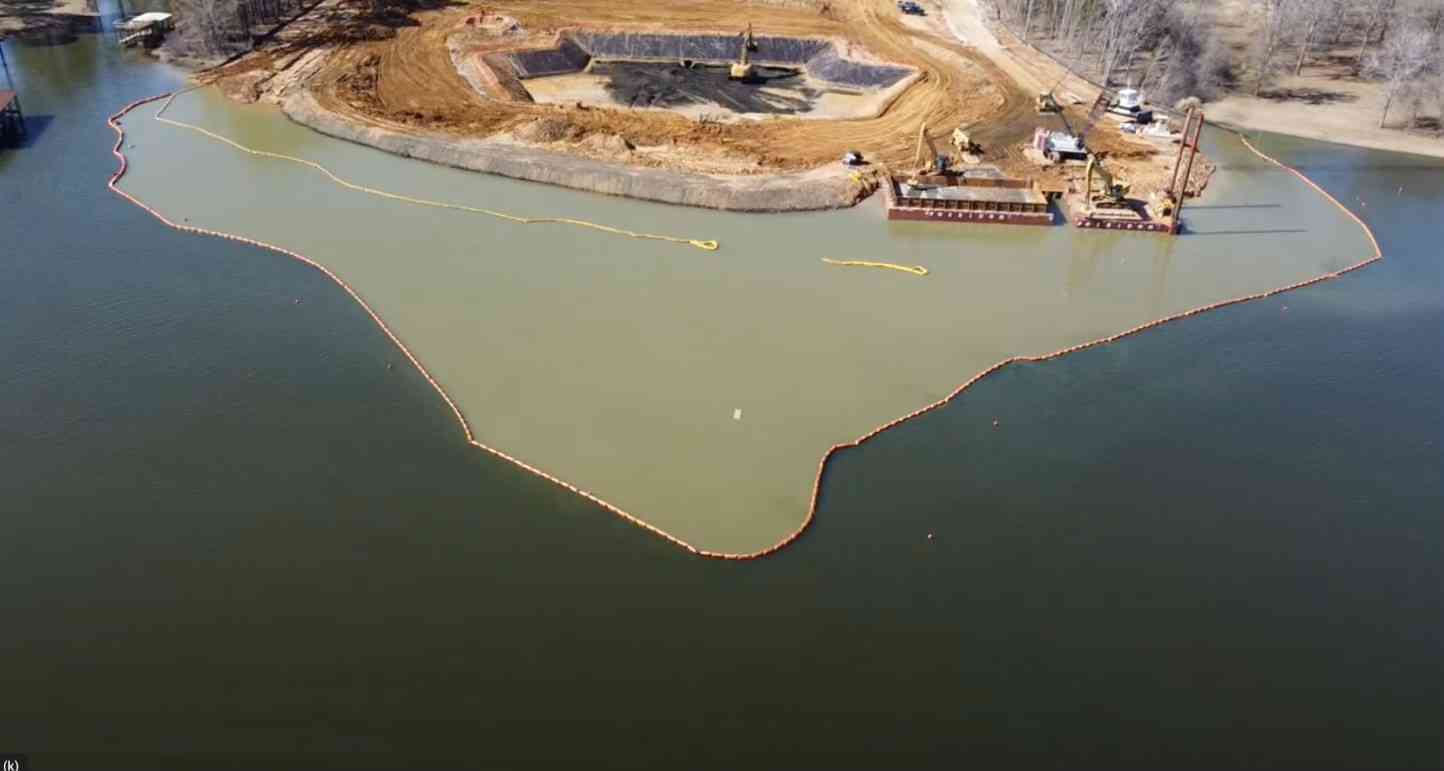
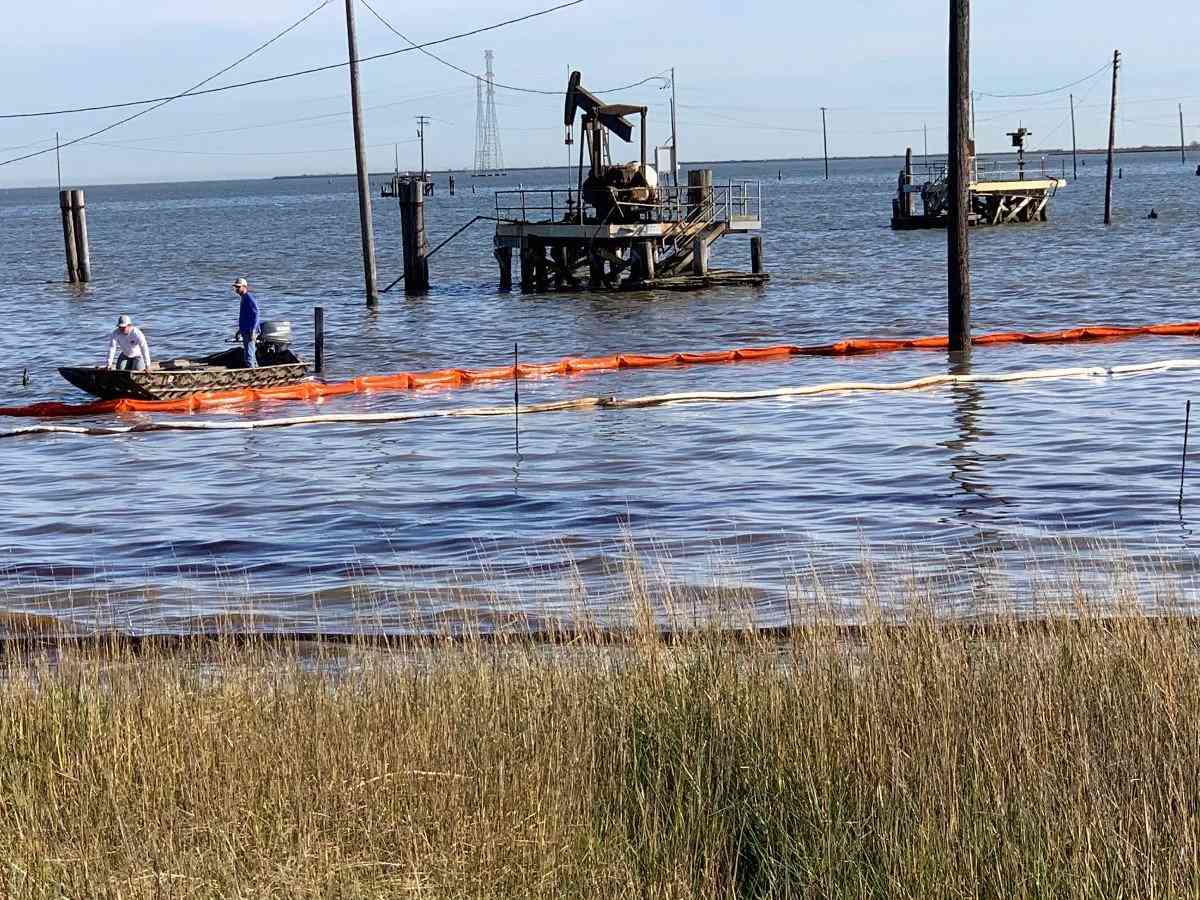
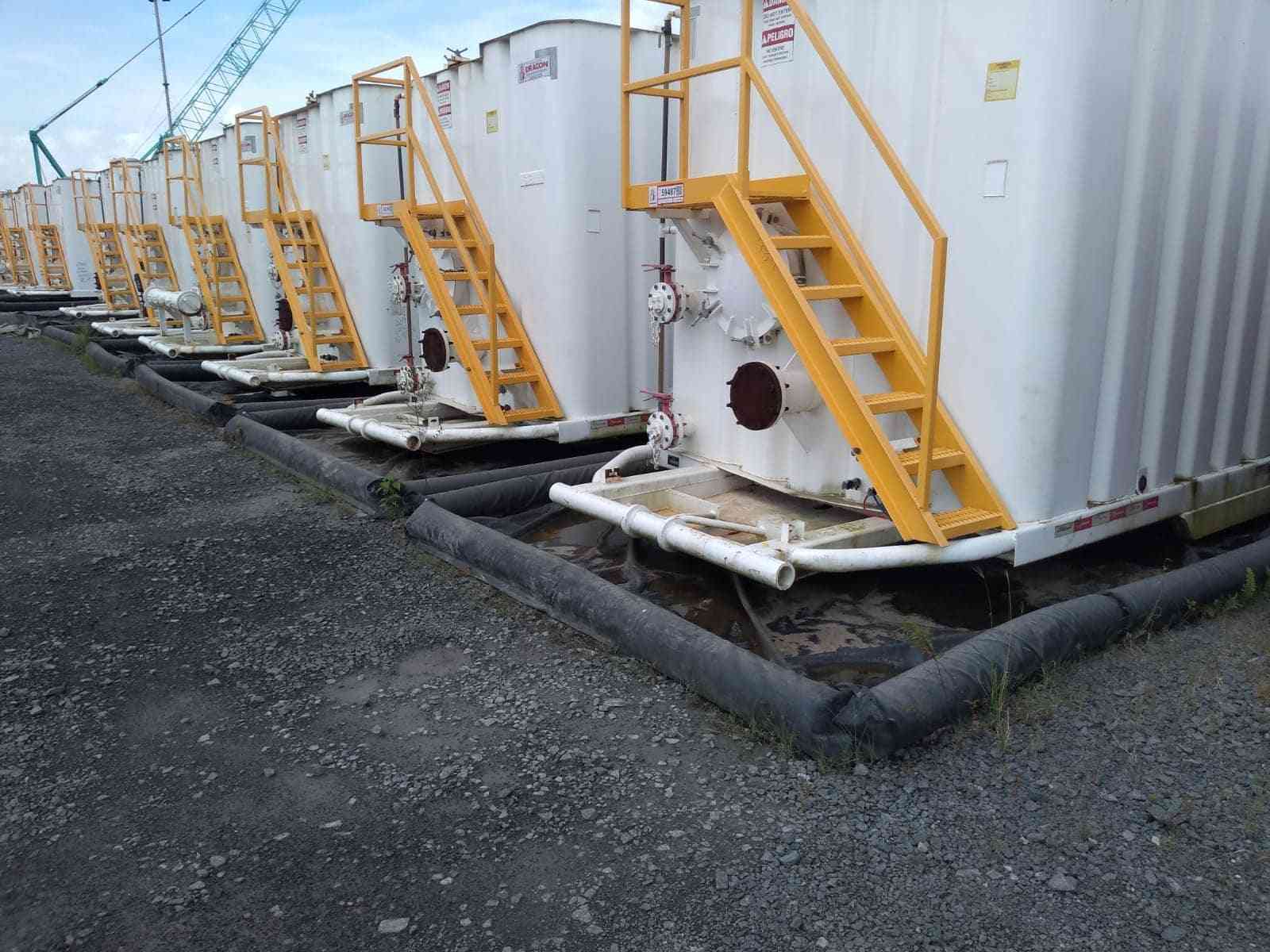
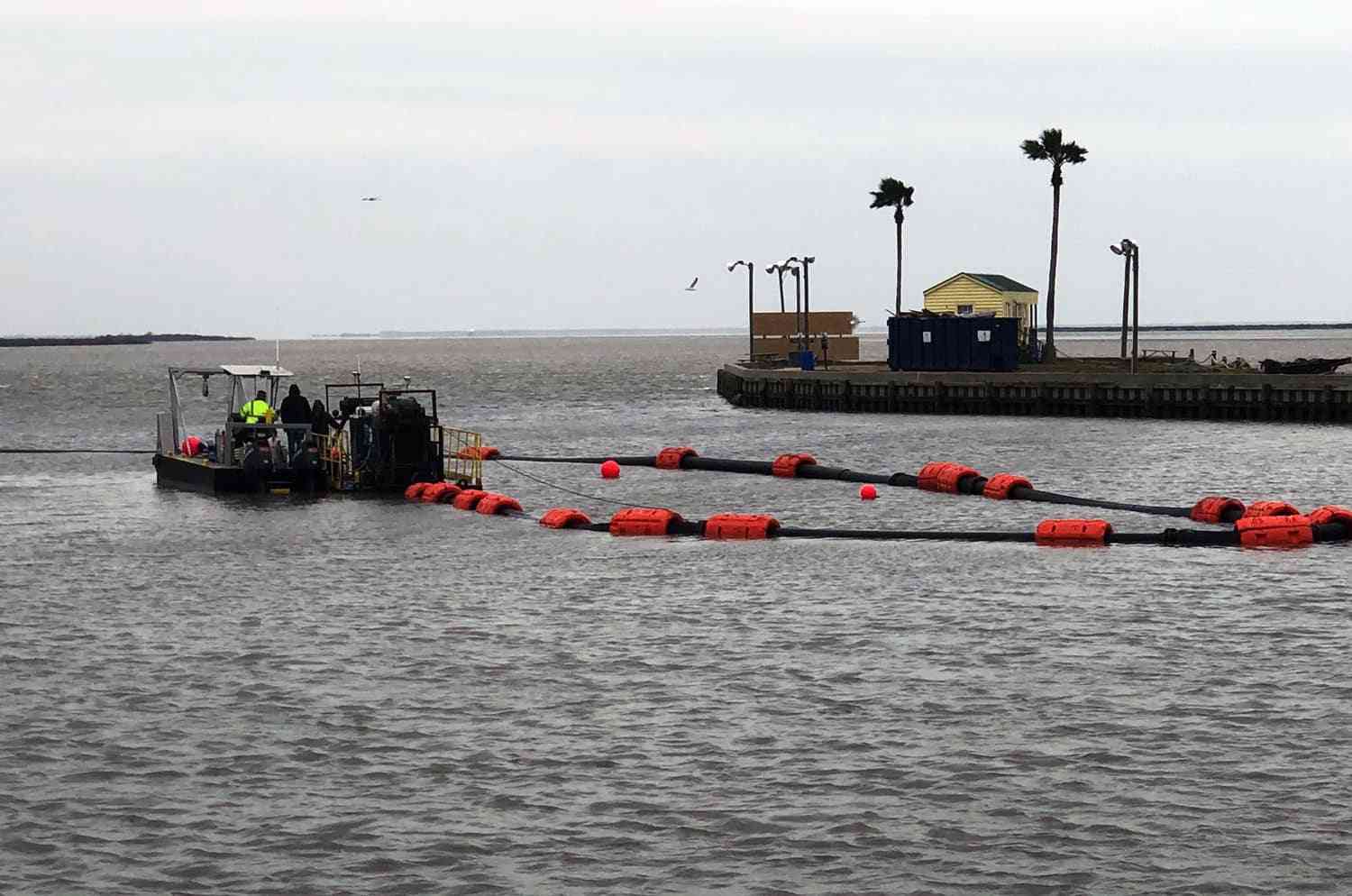
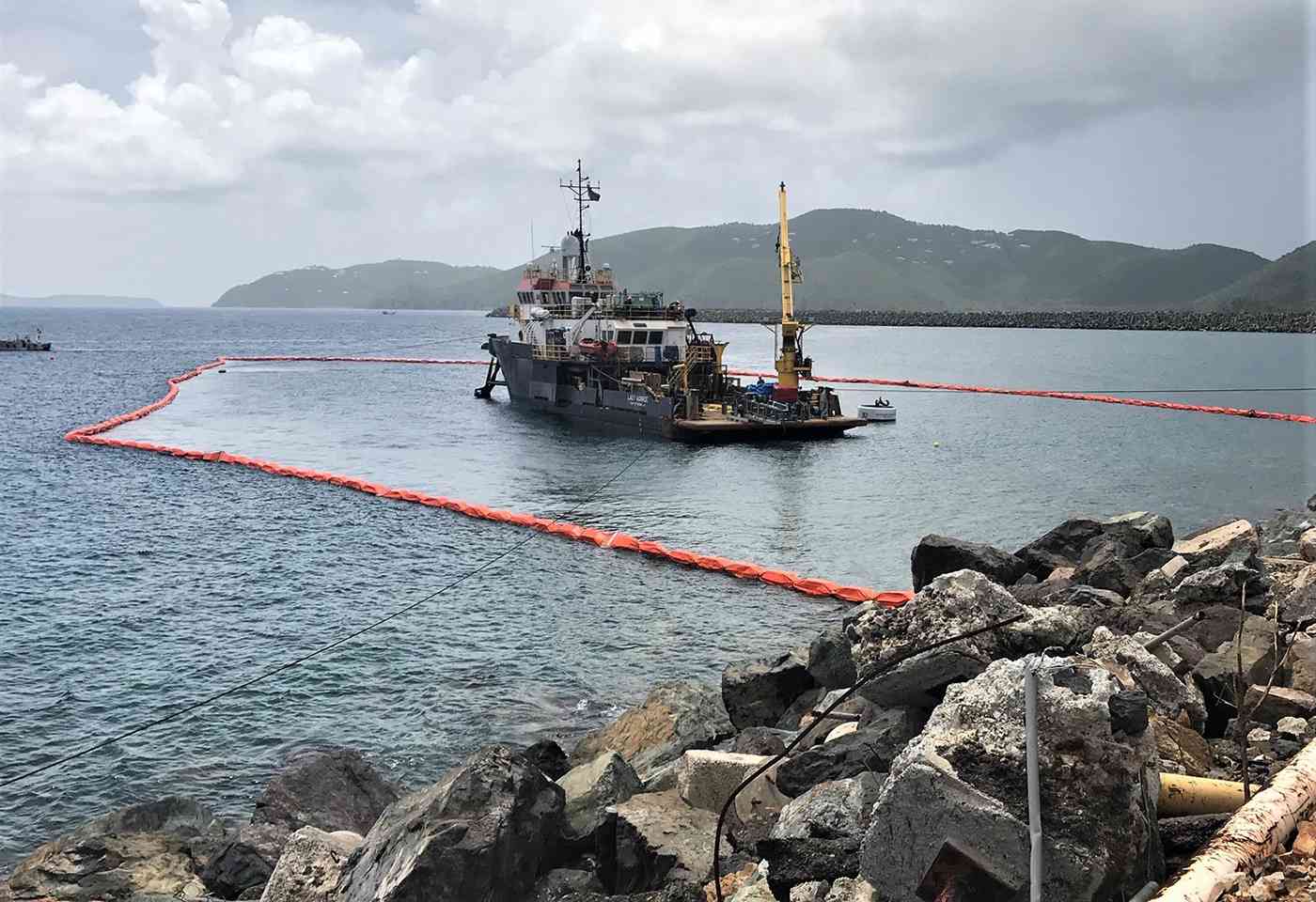
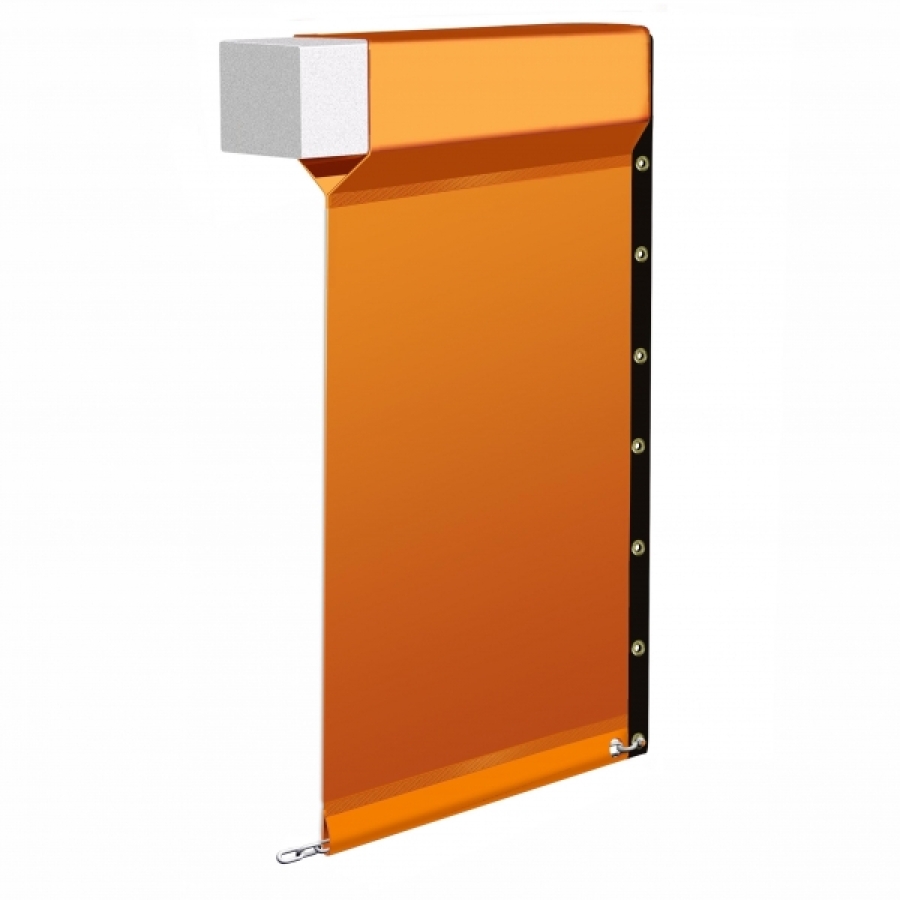
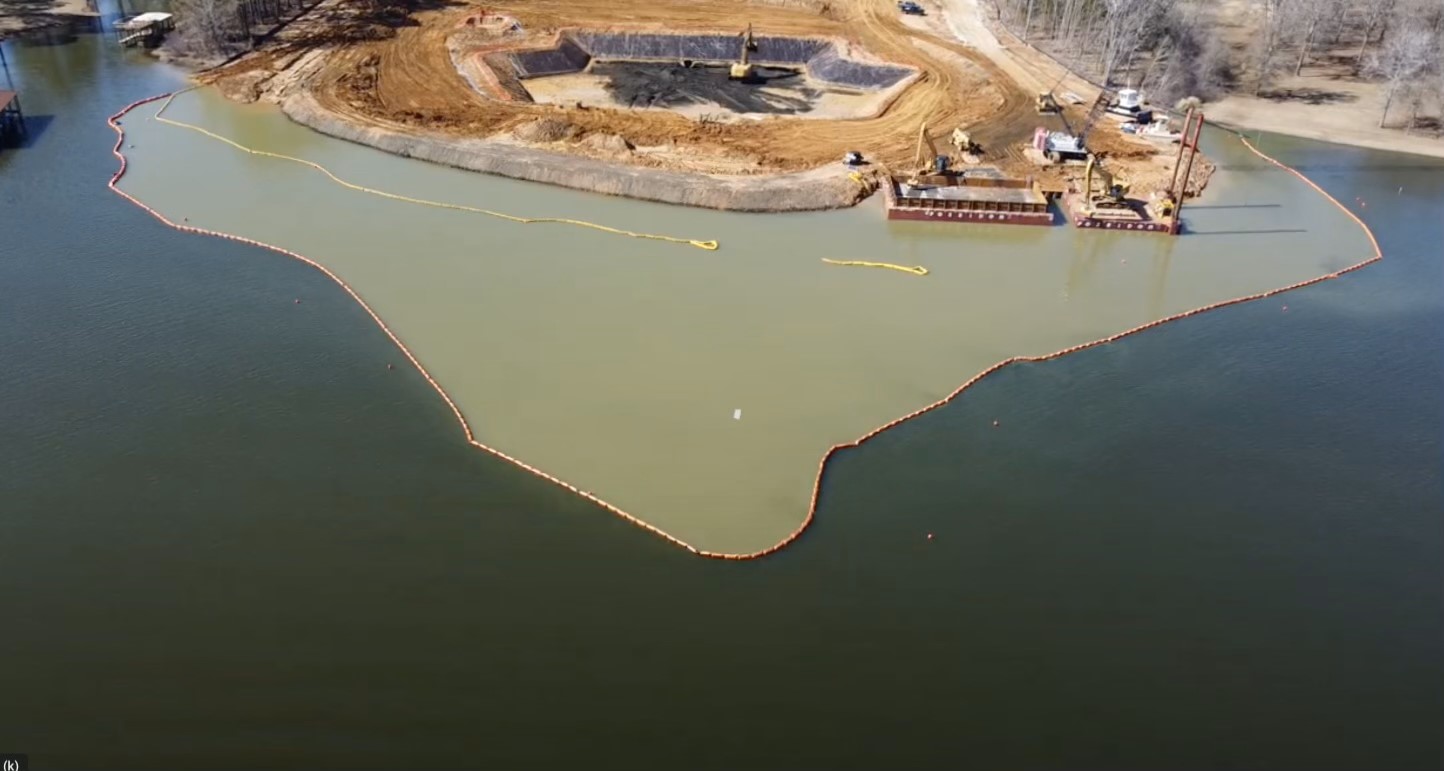
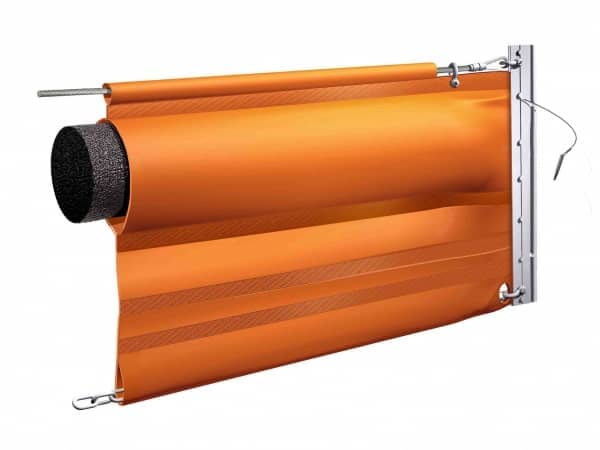

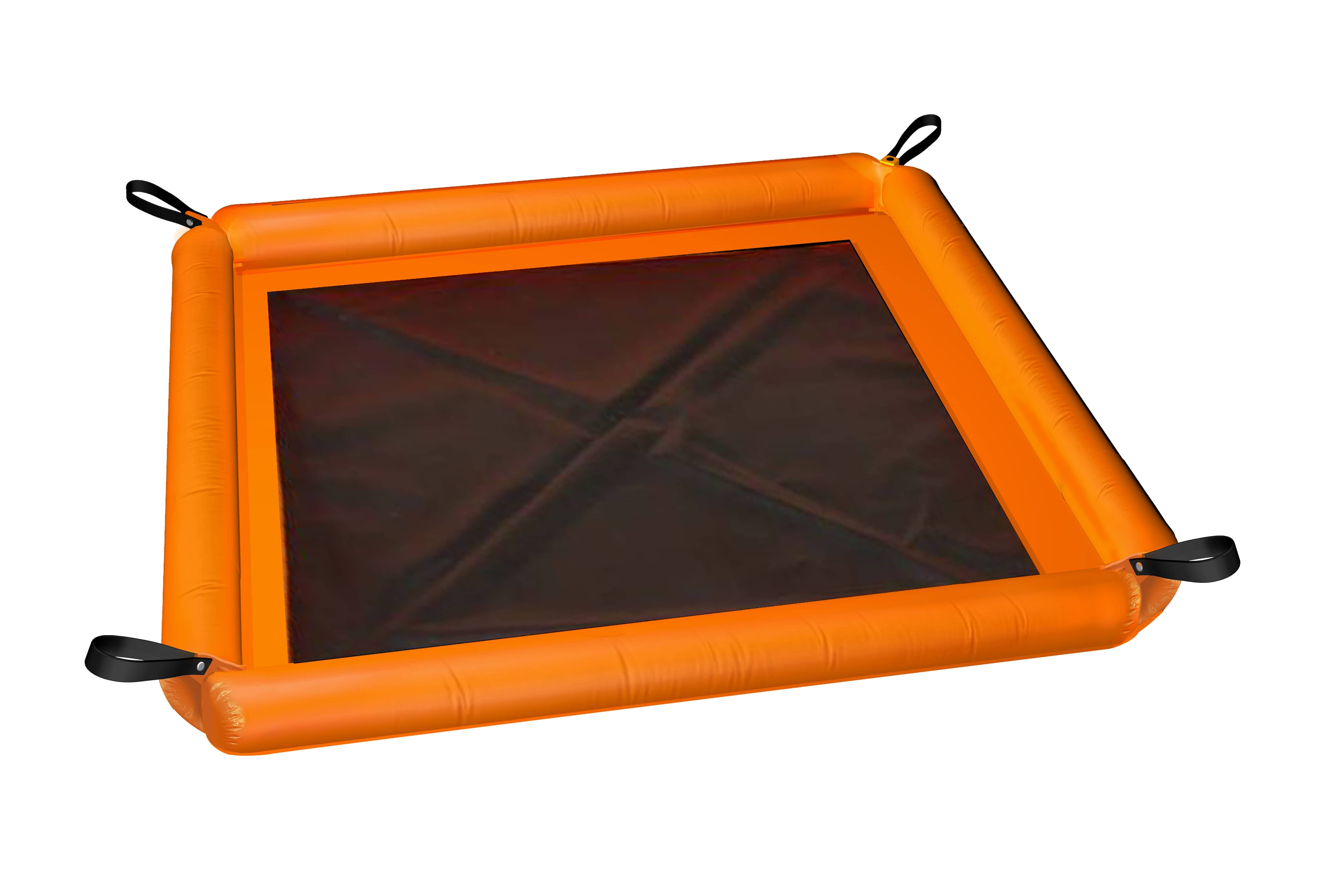
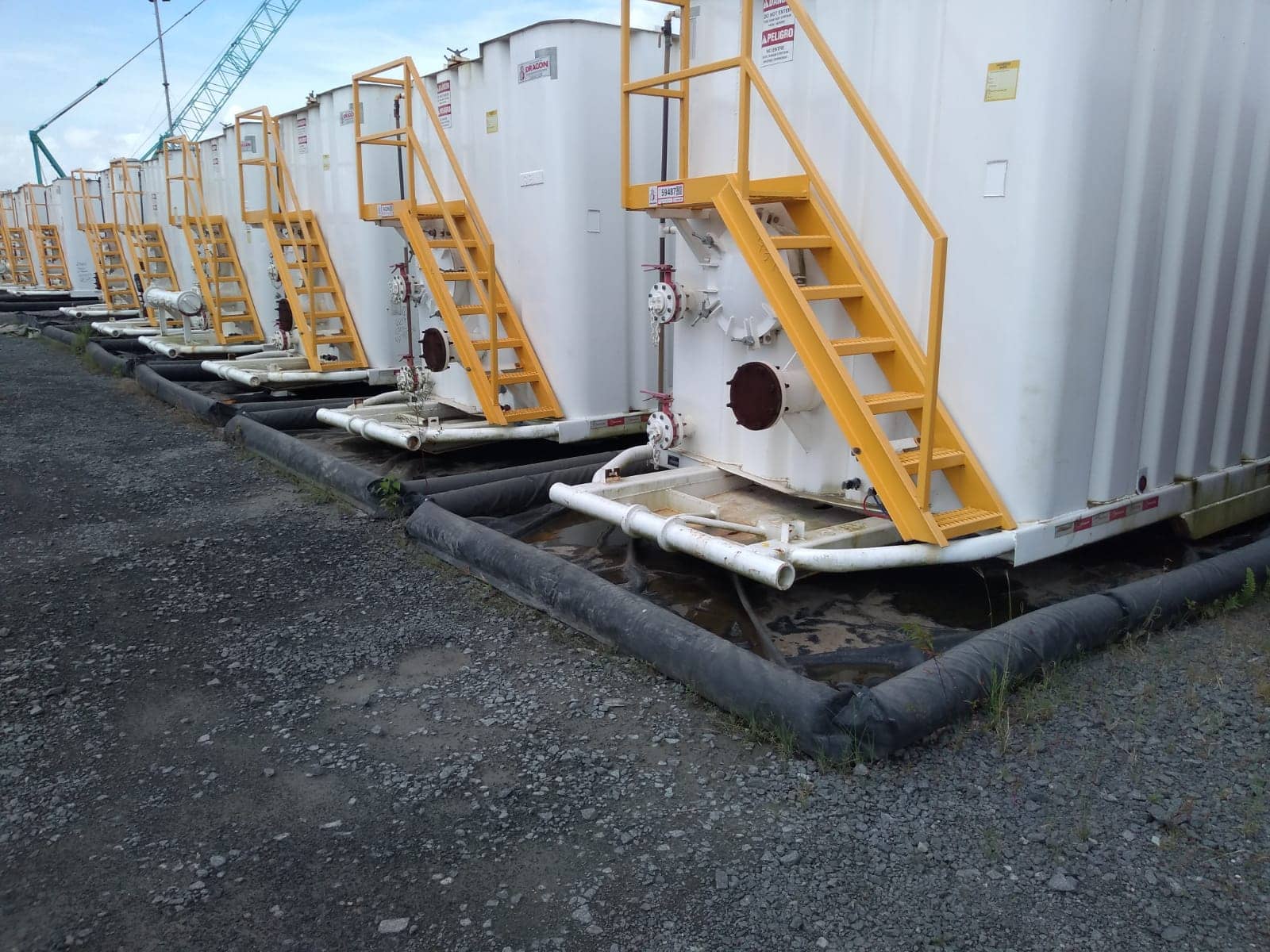
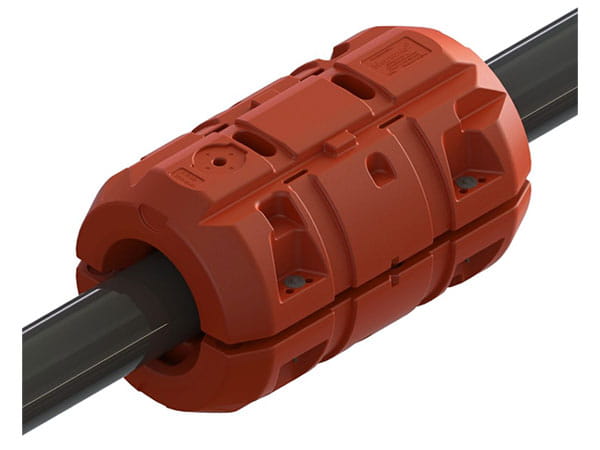

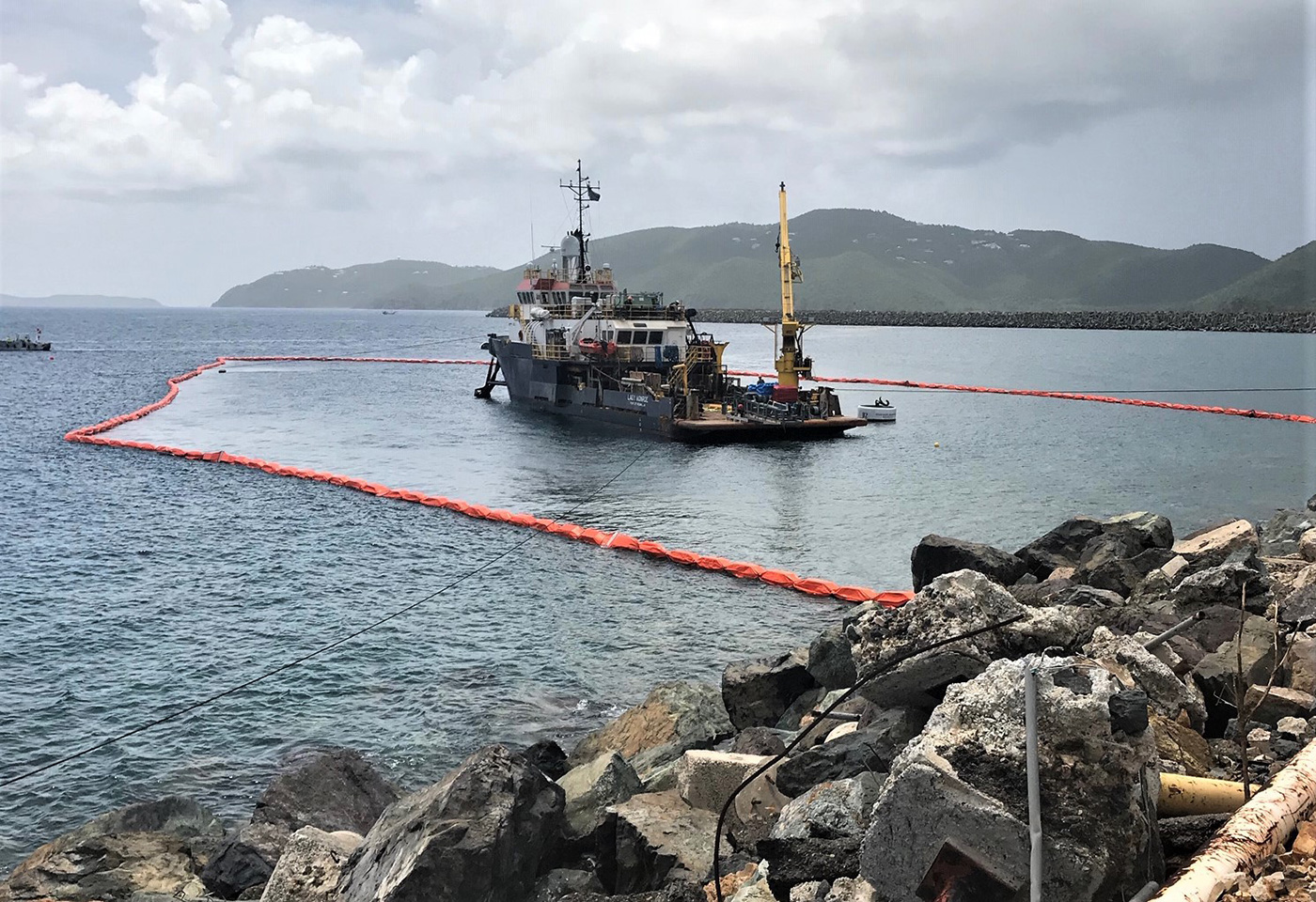


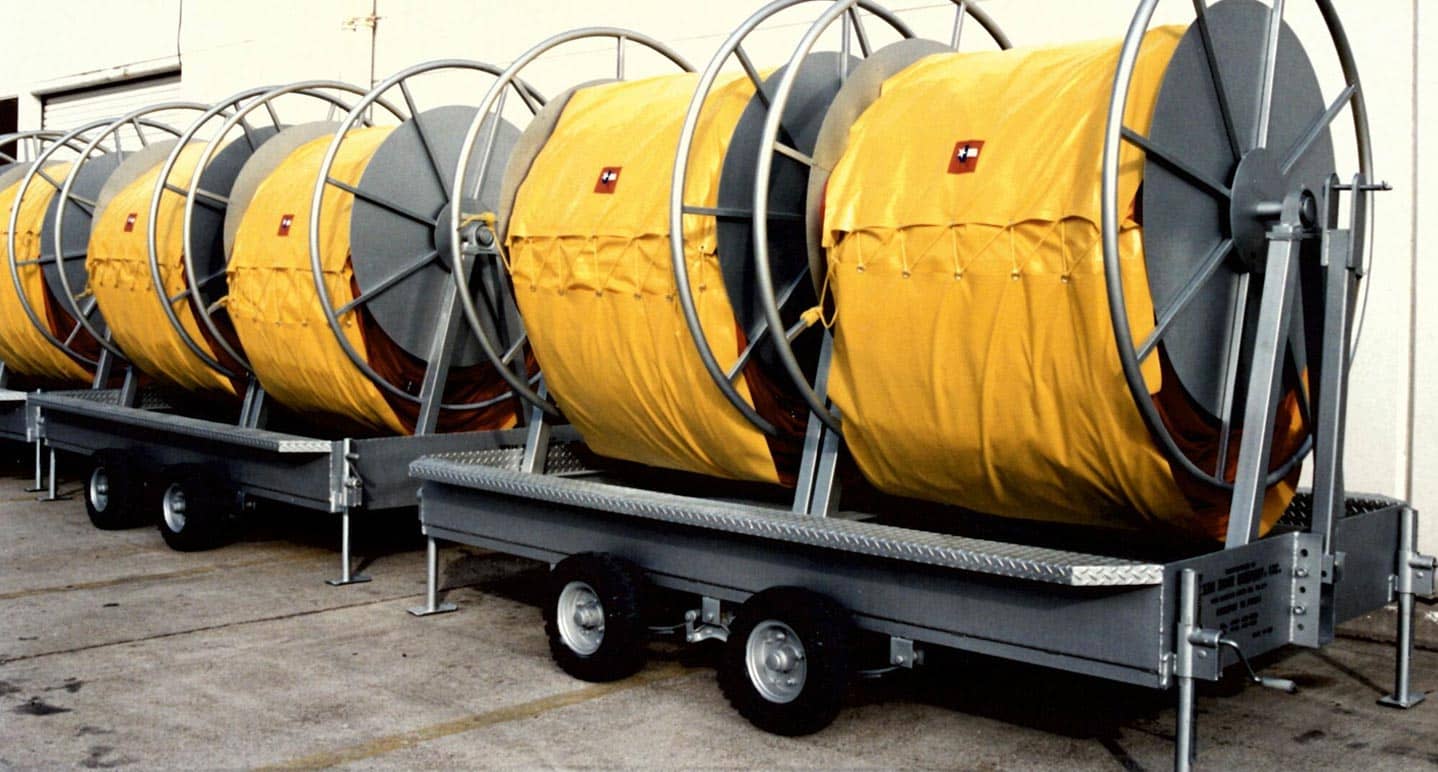
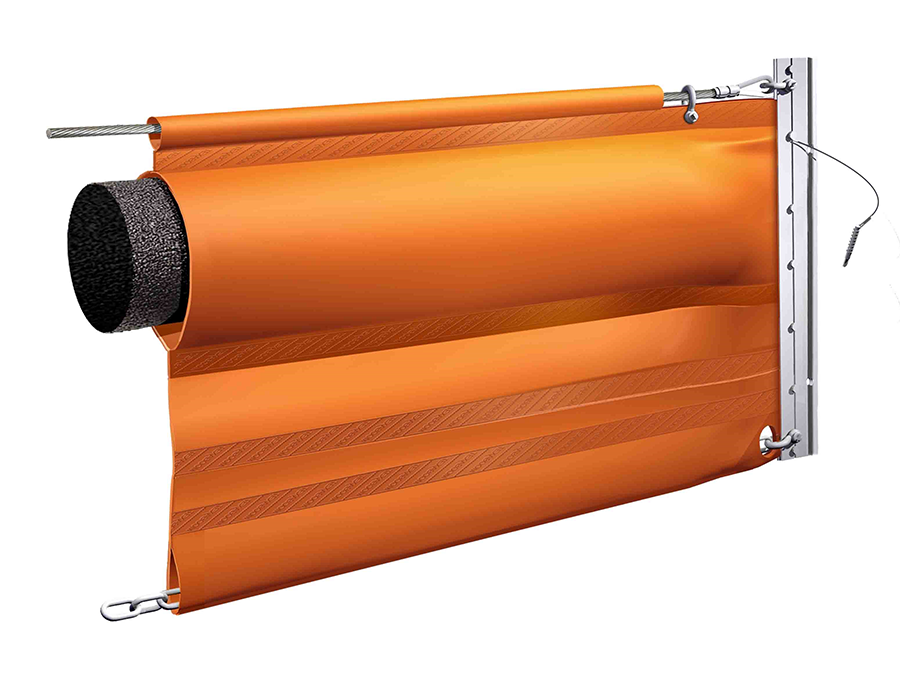
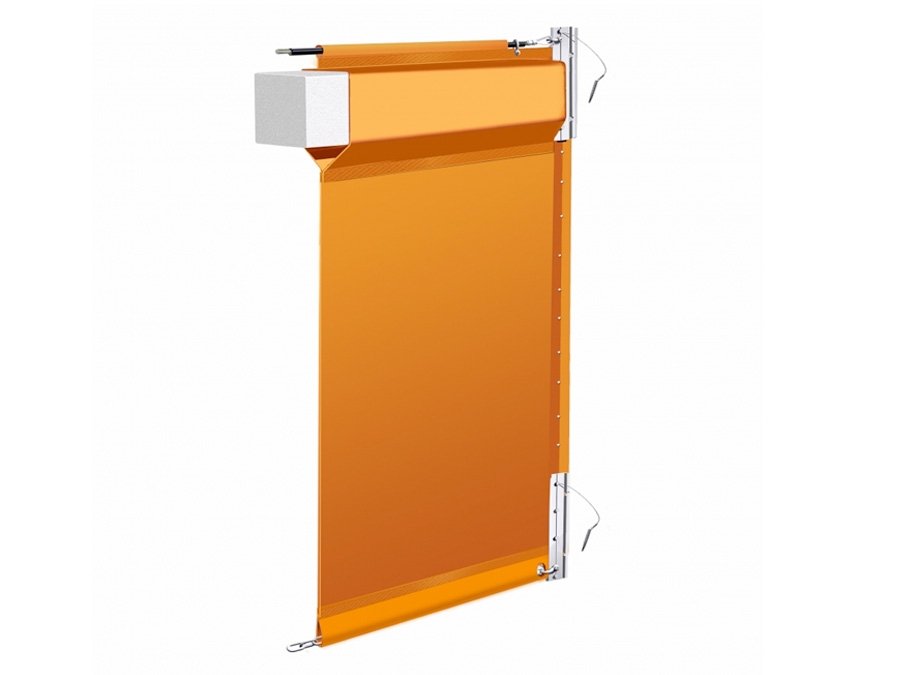
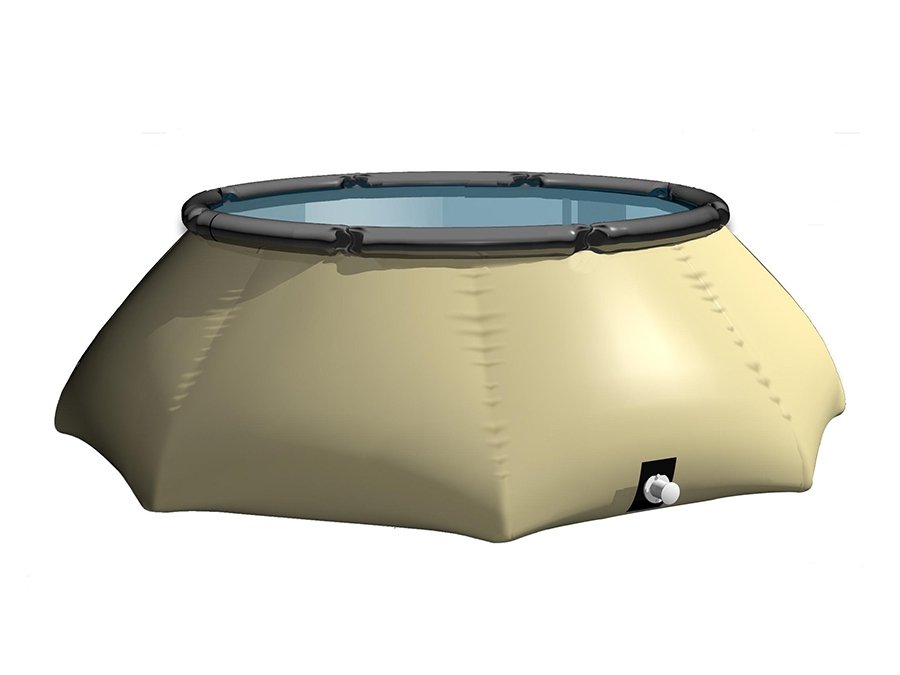
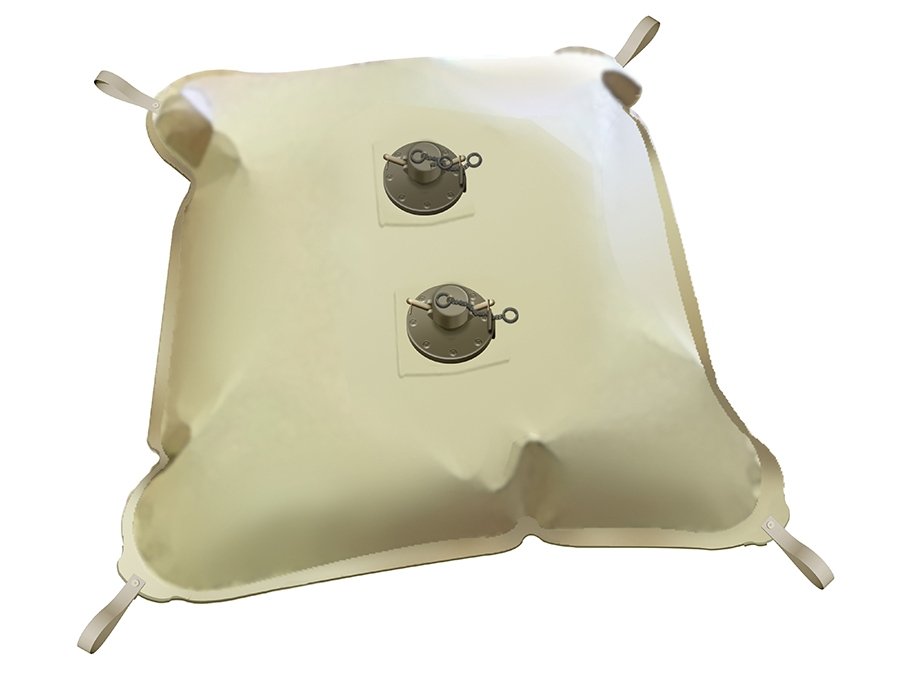

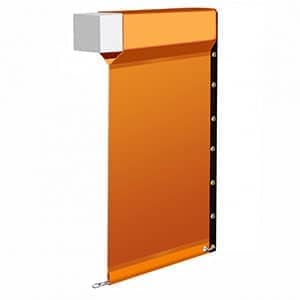
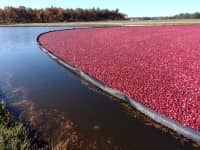 removal from the flooded Bog.
removal from the flooded Bog.